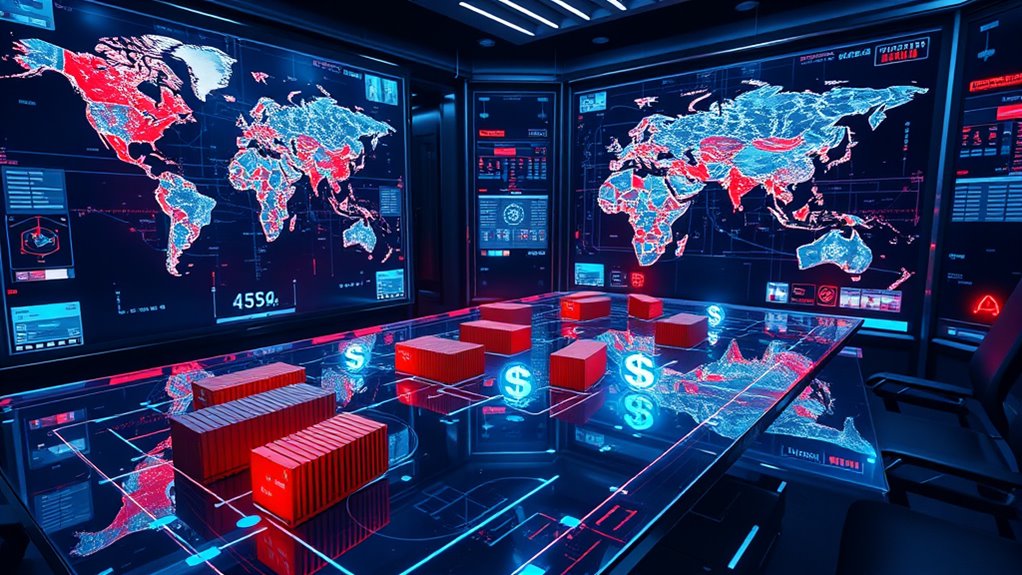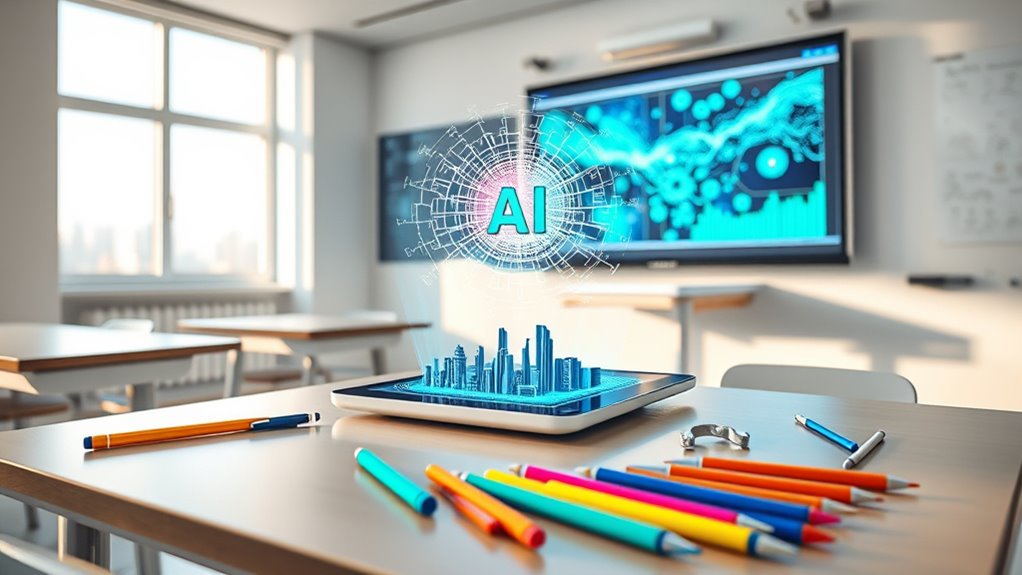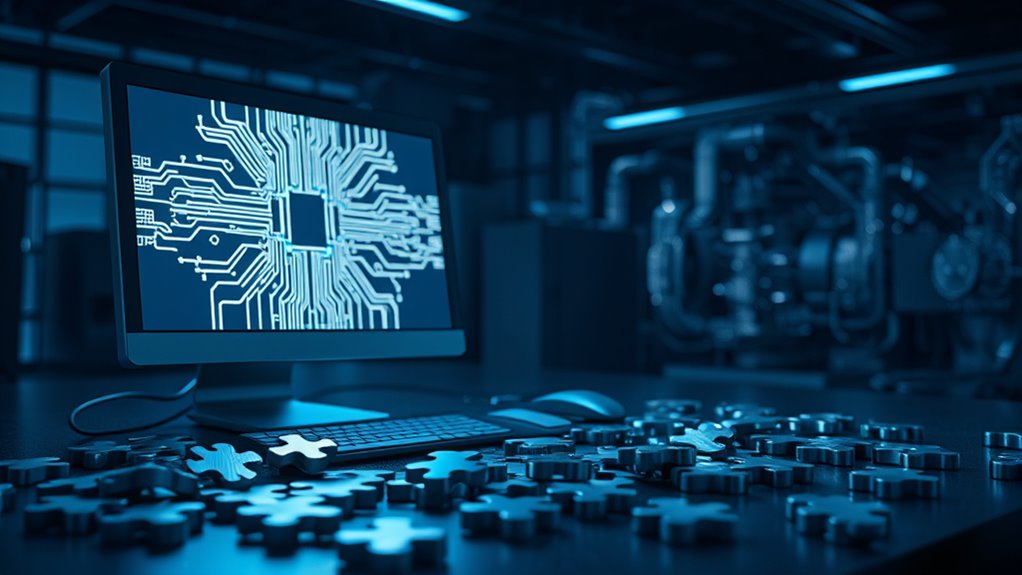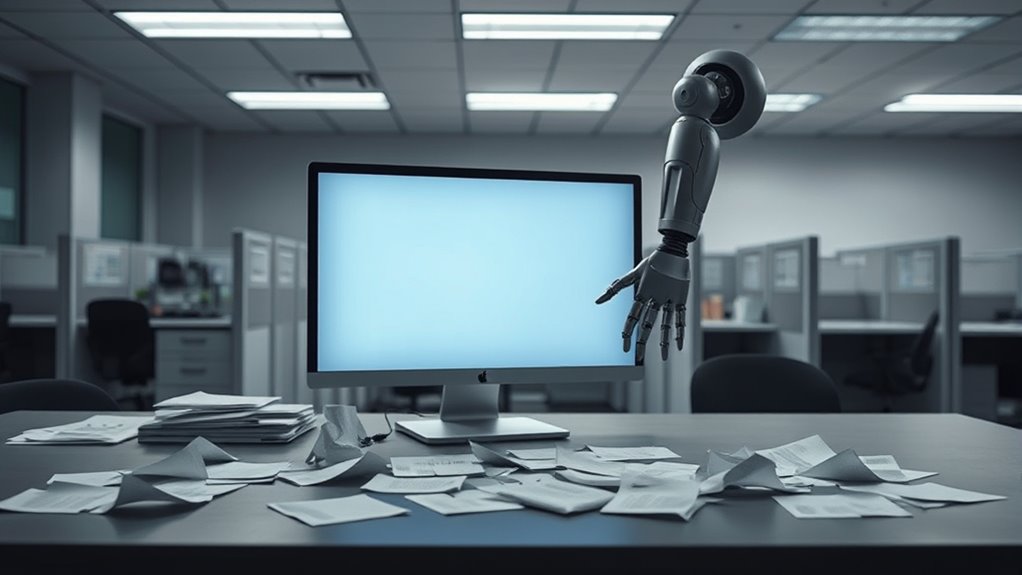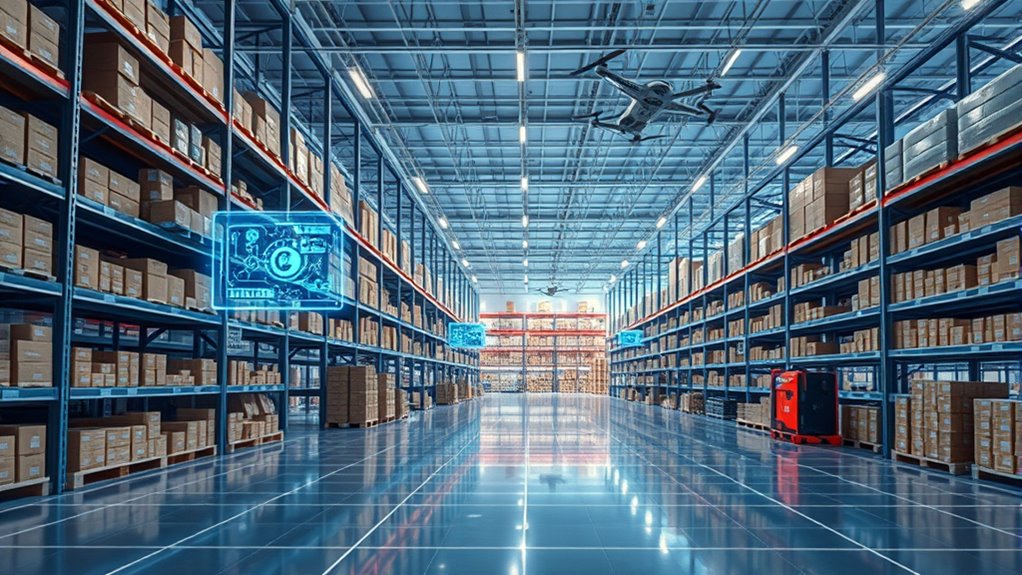Although technology is changing fast, Artificial Intelligence, or AI, is making a big splash in how companies track where products come from. With U.S. tariffs creating strain on businesses, AI is stepping in to help map product origins and understand price structures. It’s like a super-smart tool that can handle huge amounts of data without making mistakes. Companies use AI to figure out exactly where their goods are coming from, which is super important when trade rules keep changing.
AI works by processing tons of information quickly. It can spot patterns in data to guess where products might come from in the future. Plus, it updates info in real time, so businesses always have the latest details, even when global politics shift. This helps keep track of products during tricky situations like new tariffs popping up. AI also makes cool visuals, like maps, to show where stuff is from, making it easier for companies to make smart choices. By leveraging AI-powered tools, businesses can streamline complex integrations and reduce mapping time significantly, ensuring faster and more accurate tracking of product origins.
Another big thing AI does is help with supply chains. It finds the best and most legal sources for products, which can cut costs by streamlining how things move. It even predicts problems, like delays or extra fees from tariffs, so companies aren’t caught off guard. On top of that, AI checks if businesses are following trade rules, keeping them out of trouble with changing laws. Moreover, AI enables continuous data updates to ensure that changes in product origins or tariff impacts are reflected on maps within 24 hours. AI’s automation also reduces human error, enhancing the accuracy of data used in tracking and compliance.
AI isn’t just a solo player. It connects with other systems companies already use, blending all the data smoothly. It’s also built to grow, handling more info as businesses get bigger. And it’s not just for one company—AI helps suppliers and manufacturers work together by sharing insights. It keeps getting better too, learning from new data to improve how it maps origins.
In the real world, AI is already hard at work in logistics. It’s helping manage complex supply chains and standardizing data so everyone’s on the same page. It even looks at how tariffs impact costs for imports and exports. With global trade getting tougher, AI’s role in mapping product origins and understanding price shifts is becoming a game-changer for many industries.
